Condition Notice
Hatton and Edwards specialise in vintage and unique goods. Whilst we pride ourselves on sourcing the finest wines and spirits cellared in proper conditions, imperfections are sometimes inevitable. We want our customers to be able to purchase with confidence, and to understand exactly what they are purchasing, therefore, any products that we consider to have noteworthy imperfections are marked with an asterisk* and their price will reflect their condition.
Condition notes vary across our products, but some examples of the most likely condition notes are:
Damage to a labels and capsules
Much of HE stock has been sourced from classic cellars outside of their cases. Storing wine like this can increase the chances of label damage, for example when moving bottles or high humidity causing dampness. Similarly, damage to capsules can occur. Whilst some wines on our list may have damage to the capsule, Hatton and Edwards will never sell an item which cannot be confirmed as fully sealed.
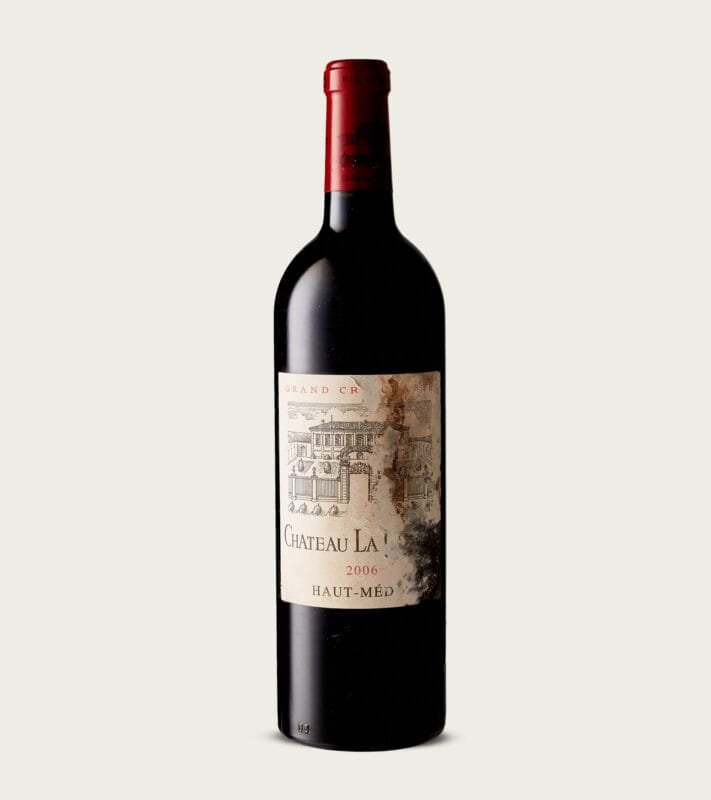
Bin Soiled
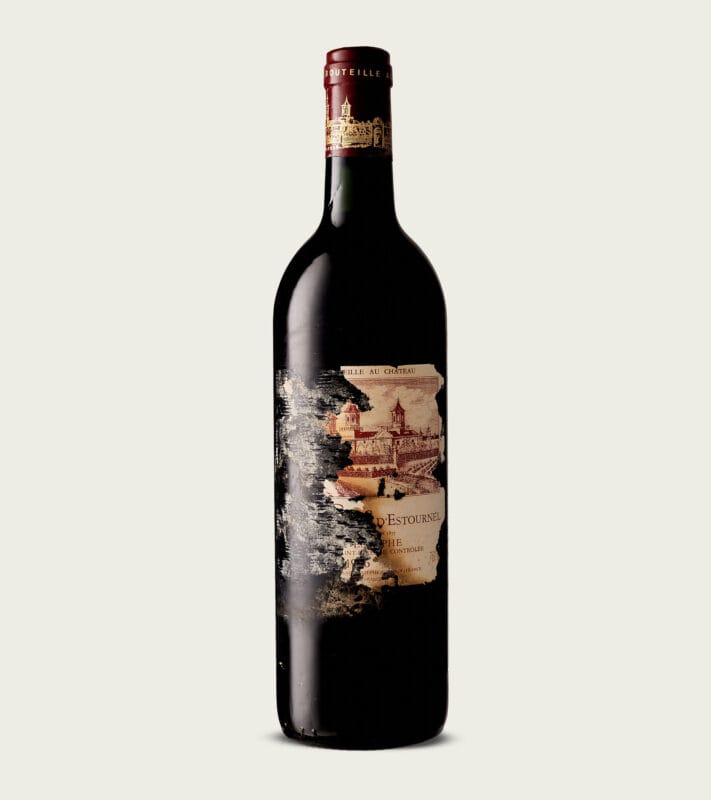
Very bin soiled
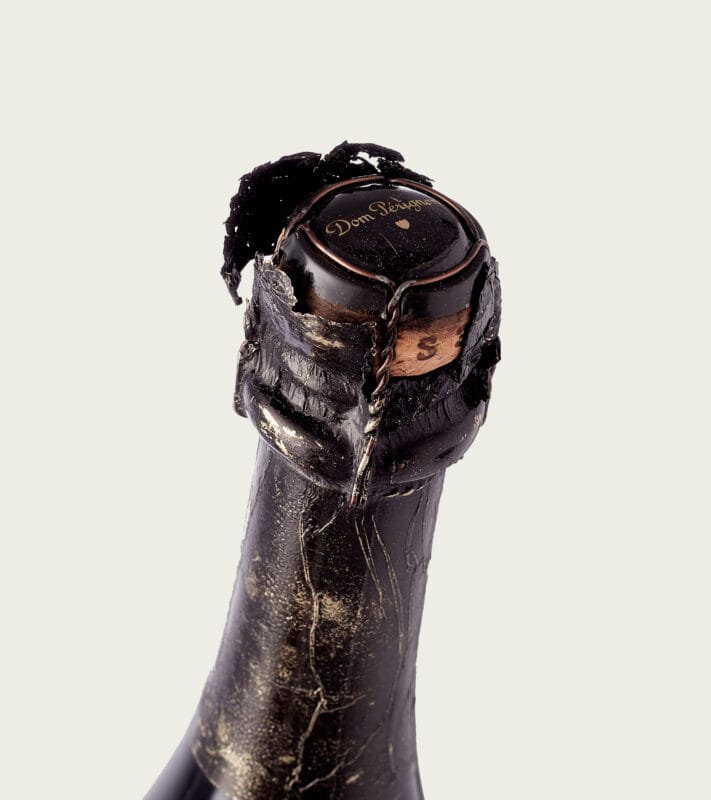
Capsule damage
Low levels
‘Ullage is the best guide you have to the condition of a bottle of wine, especially if you don’t know for certain how it’s been stored.’ Matt Walls (Decanter.com 2018)
We would never sell a bottle with an abnormally low level for its age. We ensure this by sourcing our wines from cellars with above c.70% humidity and temperatures below 15C, absent of light and vibrations.
However, wines are subject to natural processes so older vintages do experience ullage and this should be expected. Indeed, an ullage could be defined as good when considered against the wine’s vintage!
Below are some examples
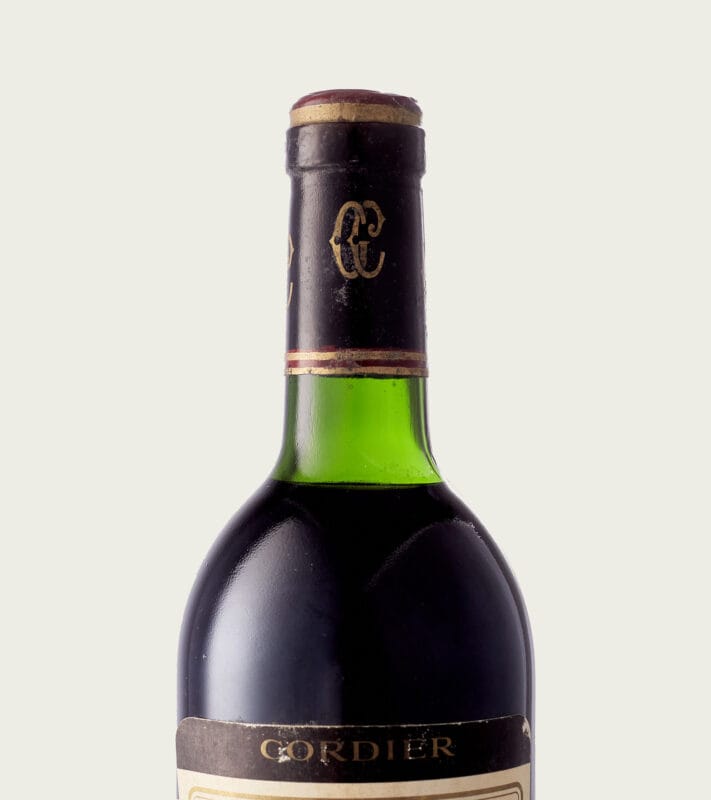
Base of neck
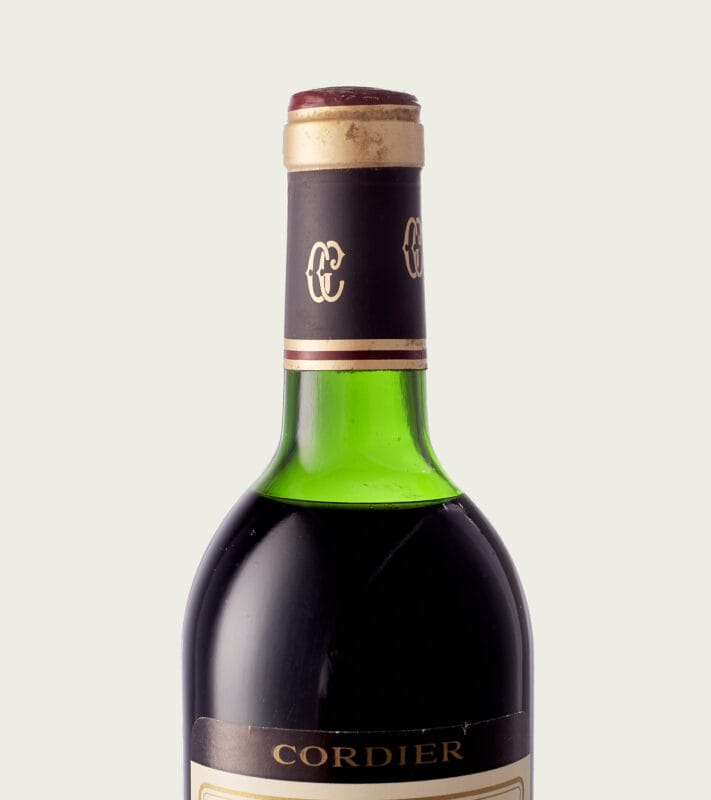
Top Shoulder
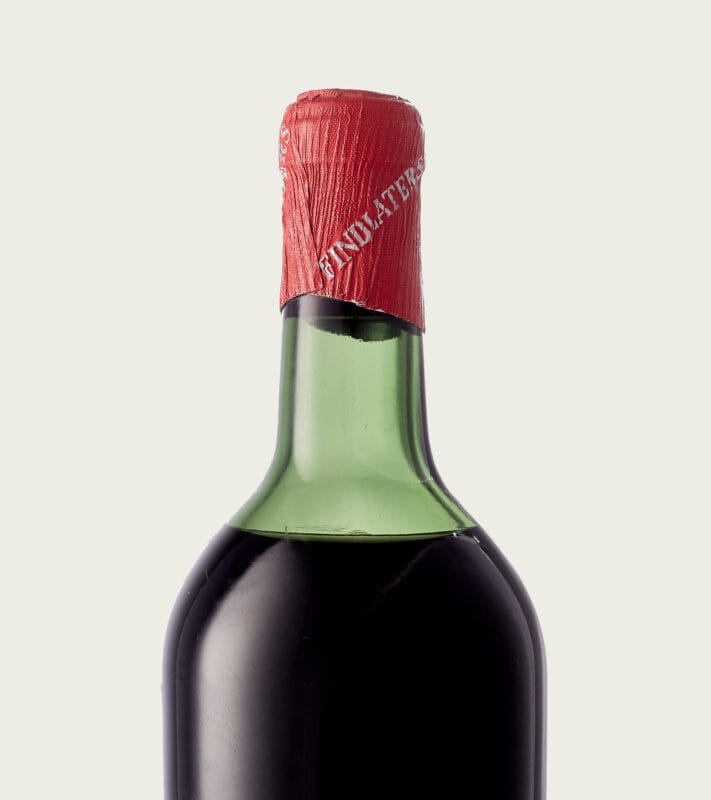
Mid shoulder
Cases or Boxes
Where we list the format as a multiple (eg 12x75cl, 6x75cl, 3x150cl etc.), this will always denote wines sold in their original wooden or cardboard case.
Spirits should always be assumed to come with their original cases (where one existed). However, if the box or case has been lost, we will mark this item with an asterisk * to show you there is a condition note. Where the producer did not release the spirit with any packaging, this will not be deemed a condition note and no asterisk will be used.
Spirits
We stock some old bottles of spirits. Spirits closures may deteriorate over time so please take care when opening these bottles. Our products are sold as they are described and we cannot accept any liability for the state of the closure.
Individual product condition notes are not listed on our website, however, if you want to know more about a particular item or list of items, please get in touch with our team directly at [email protected]. We will be happy to provide detailed condition notes and/or images upon request.
Please be aware that purchasing is at the buyer’s risk and we cannot accept returns or refunds for asterisked * condition note items. If you have any questions about the condition of any of our stock, please do get in touch with the team in advance.





